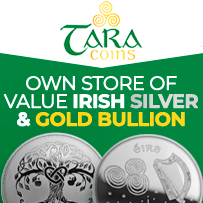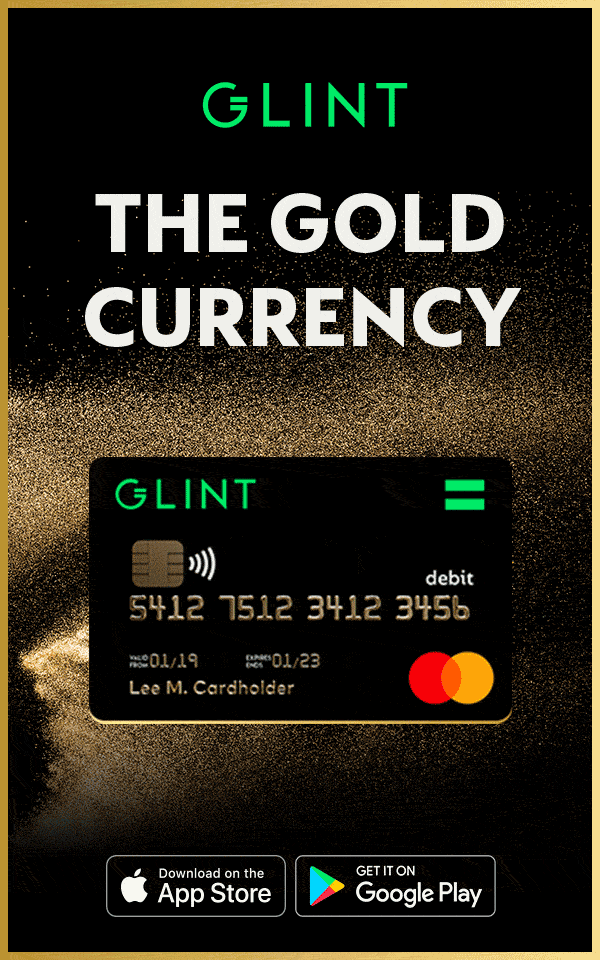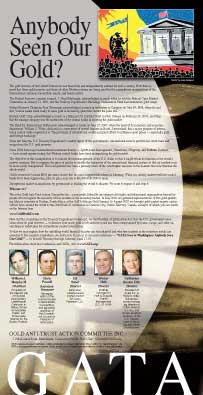You are here
Wall Street Journal thinks central banks might start liking gold again
Gold May Regain Luster for World's Central Banks
Turmoil, Weak Dollar
Raise Metal's Profile;
Chinese 'Nibbling'?
By Andrea Hotter and Matt Whittaker
The Wall Street Journal
Monday, September 22, 2008
Central banks may be starting to turn to one of the few assets in which they can invest: gold.
Turbulence in the financial markets and recent U.S. dollar weakness are helping the precious metal claw back its reputation as the central monetary anchor within the international monetary framework, industry participants say.
This is a marked change from a decade ago, when 14 European central banks decided to reduce their gold holdings in an orderly fashion. They signed a pact to sell no more than an agreed sum between them each year. In addition, the United States, the Bank for International Settlements and the International Monetary Fund adhere to the pact informally.
But the amount sold has been dwindling of late, and banks are now far more likely to be holders of gold, analysts note. Non-signatories -- and especially Asian banks -- are seen as keen buyers.
"I'd be surprised if the Chinese hadn't been nibbling at the gold market when prices were lower," said Mark O'Byrne, Dublin-based director of Gold & Silver Investments Ltd.
Chinese officials have already said they view gold as a strategic asset and would like to diversify their foreign-exchange reserves away from the dollar. China holds just 1% of its reserves in gold, World Gold Council data show, equivalent to roughly 600 metric tons. Even so, it is the ninth-largest official holder of gold.
The U.S. is at the top of the list of official holders. It holds 78.2% of its reserves in gold, which is about 8,133.5 tons of gold.
There is debate on how much, if any, central-bank buying was done last week, when gold saw a record single-day gain Wednesday and posted another outsized rise Thursday before pulling back Friday. For the week, thinly traded nearby September gold on the Comex division of the New York Mercantile Exchange jumped $100.30, or 13%, to settle at $860.60 an ounce. Most-active December also gained 13% on the week, to $864.70.
"We could not see a footprint from a central bank," said Jon Nadler, an analyst at Kitco Bullion Dealers in Montreal. The Swiss central bank doesn't appear to have been buying back what it recently sold, he said.
But investors bought for much of the week as they searched for a refuge from financial-market turmoil. Friday's decline came as the U.S. government worked on a plan to take over troubled financial assets.
But even central banks that signed on to the sales program are starting to publicly state the value of gold in their portfolios.
The Austrian central bank said in a recent report that the surge in gold prices and "the concomitant depreciation of the U.S. dollar over the past few years have shown clearly how important gold is as an instrument for portfolio diversification for a central bank."
Germany's Bundesbank, the world's second-largest official holder of gold with 3,417.4 tons, or 66.3% of its reserves, has indicated it is more willing to hold or buy gold than before.
* * *
Join GATA here:
Toronto Resource Investment Conference
Saturday-Sunday, October 4-5
Metro Toronto Convention Centre, Toronto, Canada
http://goldshow.ca/ch_tor2008.html
New Orleans Investment Conference
Thursday-Monday, November 13-18, 2008
New Orleans Marriott Hotel
http://www.NewOrleansConference.com
* * *
Help Keep GATA Going
GATA is a civil rights and educational organization based in the United States and tax-exempt under the U.S. Internal Revenue Code. Its e-mail dispatches are free, and you can subscribe at http://www.gata.org/.








